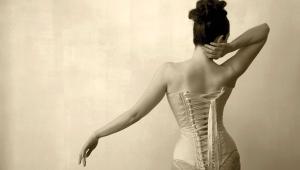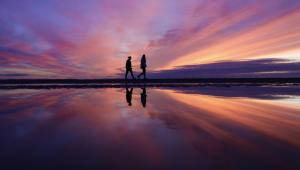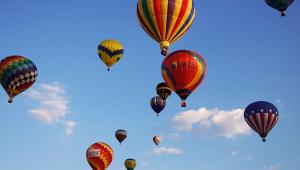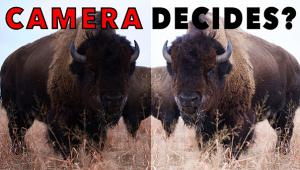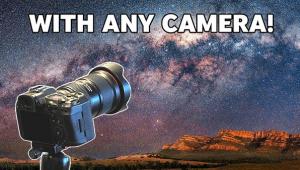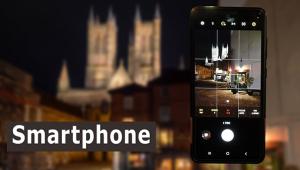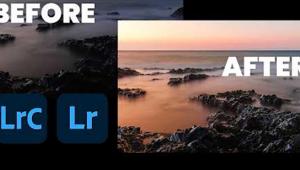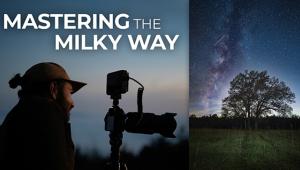This is what I am grateful for this moment for you to be able to totally get over the feeling of lankiness you must be able to continue to restore the photos. - Michael Courouleau
Off-Camera Flash; Create Directional Light With A Simple Setup Page 2
The system goes way beyond just getting exposures right in TTL. It allows you to vary or compensate the flash output in up to three groups. Let’s say you have a three-light setup: one as a main, one as an accent, and one as a background. You have all the lights in Group A. You look at the image and decide the background light is too bright. No problem, just put that light in Group B (on the flash and on the camera or Commander unit), dial in -1, and the flash power will be cut down, all from the camera. There are even four different channels you can choose from in case you are working in an area like a sporting event where there might be several photographers using Nikon units and you don’t want to be firing each other’s units, always an awkward moment.
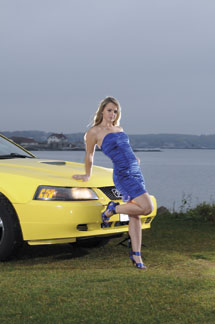 |
||
|
||
How has all this changed the lighting game? Wedding photographers are using multiple off-camera flashes to create dramatic wedding day photos. By combining high-speed sync with the CLS, you can take amazing images outdoors by using the flash as the main light and shooting at f/4 for looks you’ve never seen before. Newspaper photographers and photojournalists can quickly create dramatic lighting on the fly. For me, it’s meant eliminating the need to lug large units on location.
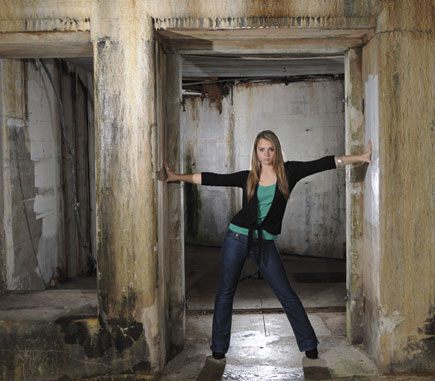 |
||
 |
||
|
||
So, if you’ve only been using your shoe-mount flash unit, I suggest you take these advanced rigs out for a spin. They offer amazing versatility and sophisticated features that just a few years ago would have been unthinkable. For most images, you’ll find that what you can have built-in will elevate your flash photos from mundane to exciting.
Take a look at some of the shots I’ve made recently using the off-camera setups to see just what I mean.
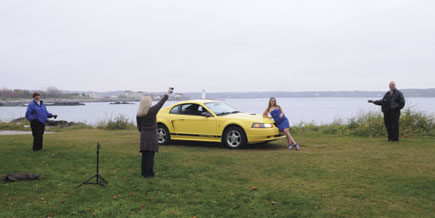 |
||
|
||
For more information on the Nikon equipment used in this article, visit www.nikonusa.com.
Steve Bedell has been a portrait photographer for over 25 years. To subscribe to EPhoto, a free e-mail newsletter with tips for photographers, contact Bedell via e-mail at: sb@stevebedell.com. Also ask about his lighting DVDs.
- Log in or register to post comments













